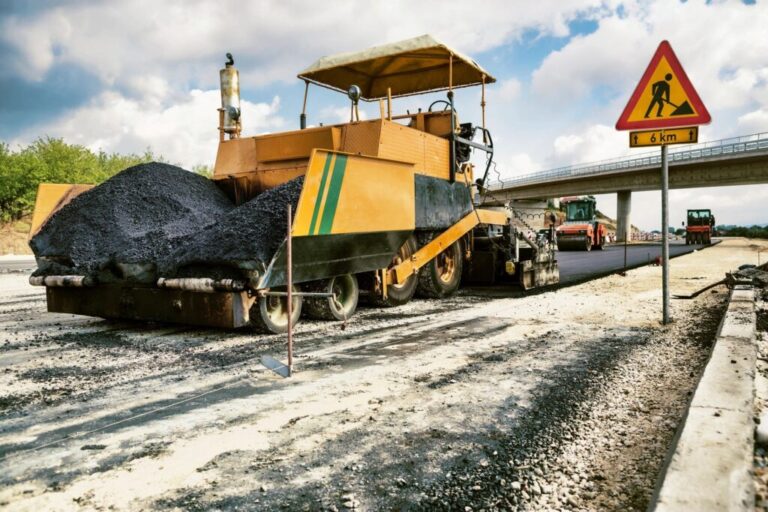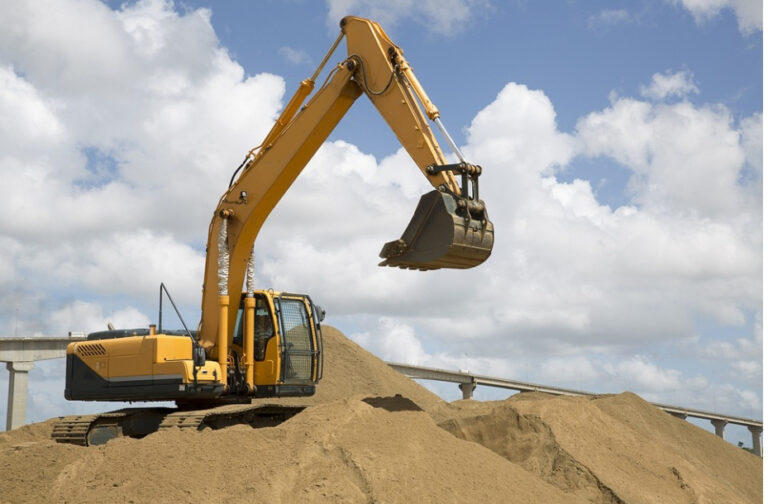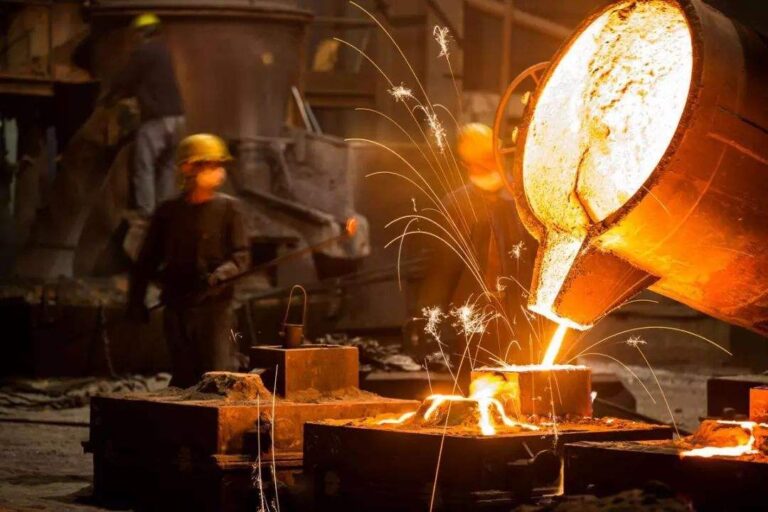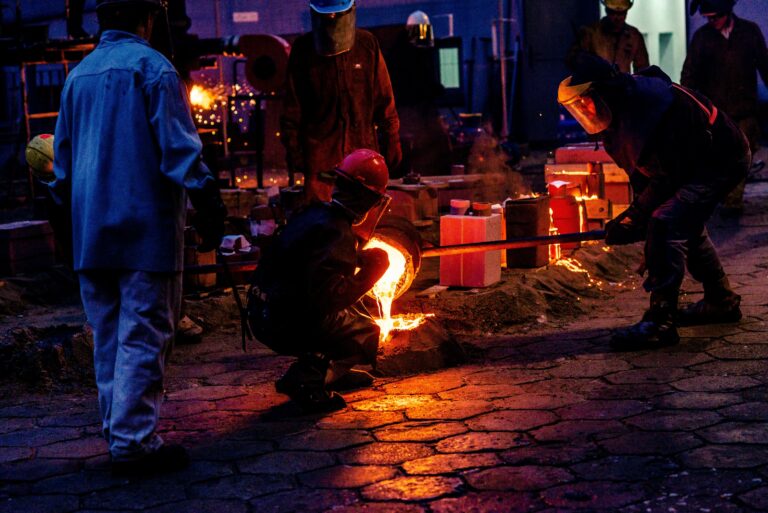Precision Casting for Construction Machinery: Building the Future with Durable Components
In the world of construction, where equipment faces constant abuse from abrasive materials, heavy impacts, and unpredictable job site conditions, precision casting has become the unsung hero of reliability and performance. Unlike conventional manufacturing methods that often compromise between strength and complexity, precision casting delivers components that excel in both aspects simultaneously.
The demands on construction machinery components are extraordinary. Excavator teeth must chew through rocky soil without fracturing, bulldozer blades need to maintain their edge while pushing tons of debris, and hydraulic components must withstand thousands of pressure cycles without failing. Traditional fabrication techniques reach their limits when confronted with these challenges. Welded joints create stress concentrations, machined parts lack optimal material properties, and assembled components introduce potential failure points. Precision casting eliminates these weaknesses by creating parts that are born whole – with uniform material properties throughout and geometries optimized for their specific function.
Material innovation lies at the core of construction casting advancements. Modern alloys like high-chrome white iron and modified manganese steels are engineered to perform differently in various sections of the same component. A single excavator tooth might have an ultra-hard 600 BHN working edge that gradually transitions to a tougher 350 BHN core, all achieved through precise control of the cooling process. This material gradation prevents the catastrophic failures that plague homogeneous components when subjected to the complex stress patterns of real-world operation.
The geometric freedom offered by precision casting unlocks performance possibilities that simply can’t be achieved through other methods. Hydraulic valve bodies with intricate internal passages that optimize fluid dynamics, complex bracket designs that distribute loads more efficiently, and integrated mounting features that eliminate weak points – all become feasible with casting technology. Recent advances in 3D sand printing have further expanded these possibilities, allowing for core geometries that were unimaginable just a few years ago.
The economic benefits for construction companies are substantial. Compared to traditional fabricated components, precision-cast parts typically offer 2-3 times longer service life, reducing both replacement costs and equipment downtime. The near-net-shape nature of casting minimizes expensive machining operations, while the consistency of the process ensures predictable performance across batches. Perhaps most importantly, the reduced frequency of component failures translates to fewer job site delays and more reliable project timelines.
Looking to the future, precision casting for construction applications is embracing digital transformation. Smart components with embedded sensors will provide real-time data on wear patterns and stress levels, enabling predictive maintenance before failures occur. Advanced simulation software continues to improve, allowing for even more optimized designs that push the boundaries of performance. Sustainable manufacturing practices, including increased use of recycled materials and energy-efficient production methods, are making the technology more environmentally friendly without compromising quality.
For construction equipment manufacturers and operators alike, precision casting represents more than just a manufacturing process – it’s a strategic advantage. The ability to specify components that last longer, perform better, and fail less frequently changes the fundamental economics of equipment ownership. In an industry where downtime costs can exceed thousands of dollars per hour, the reliability offered by precision-cast components becomes not just desirable, but essential.
Truecasteng has been at the forefront of this revolution, combining decades of metallurgical expertise with state-of-the-art manufacturing capabilities. Our components are proven on job sites around the world, from skyscraper foundations in urban centers to infrastructure projects in remote locations. The next time you see construction equipment operating under punishing conditions, look closer – there’s a good chance the durability you’re witnessing comes from precision-cast components working exactly as engineered.







